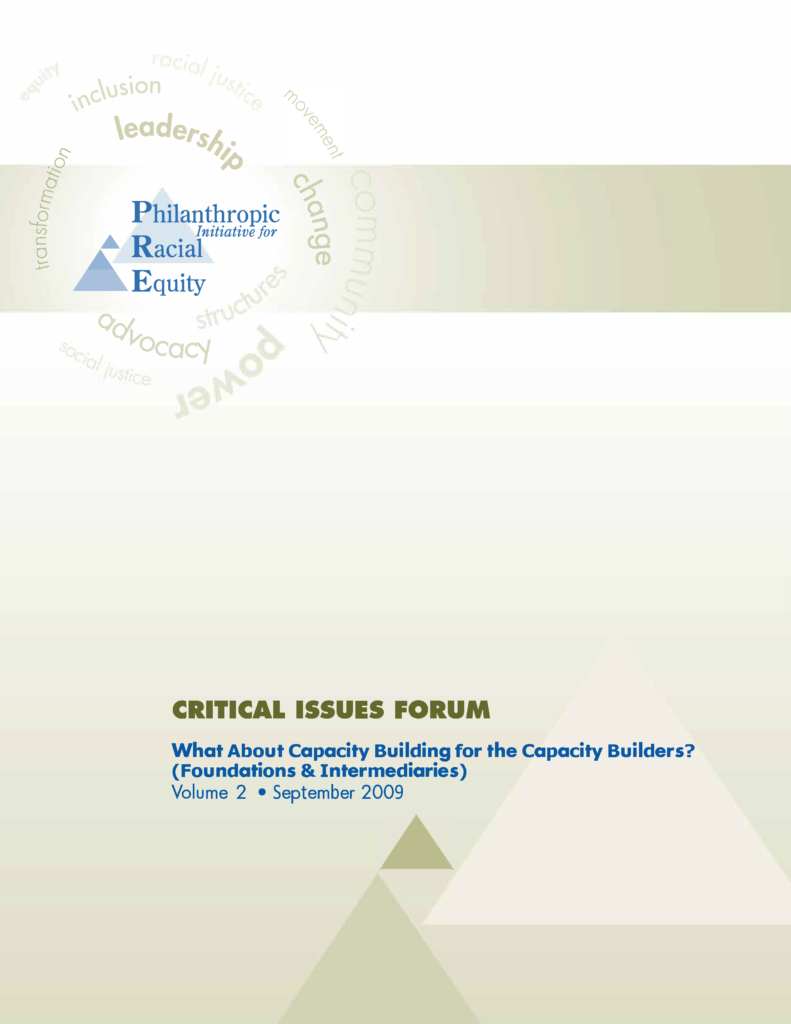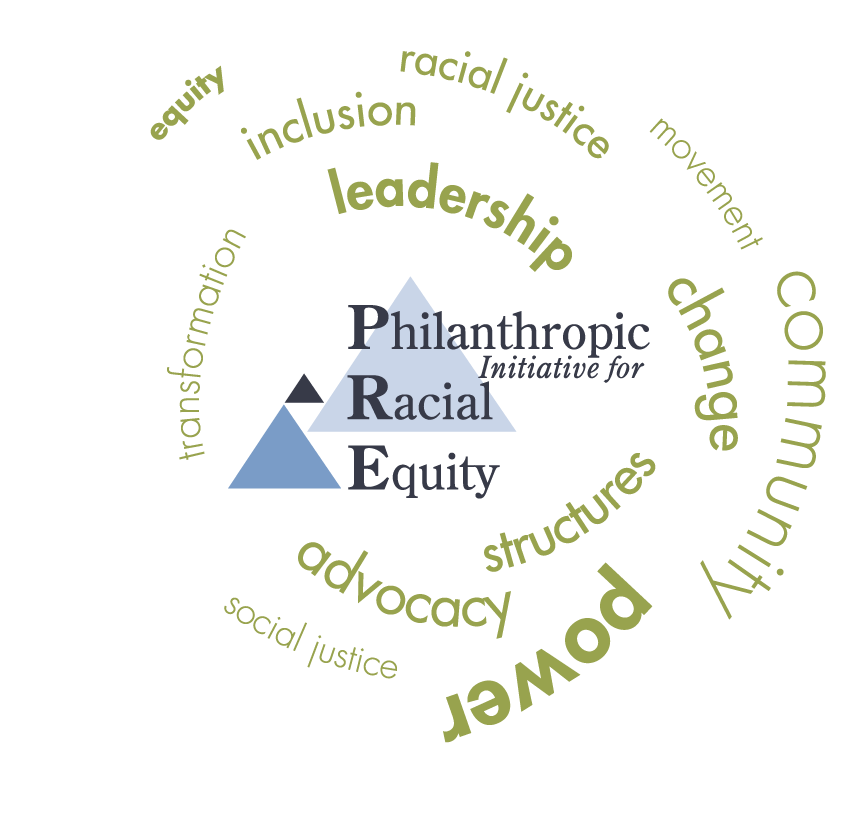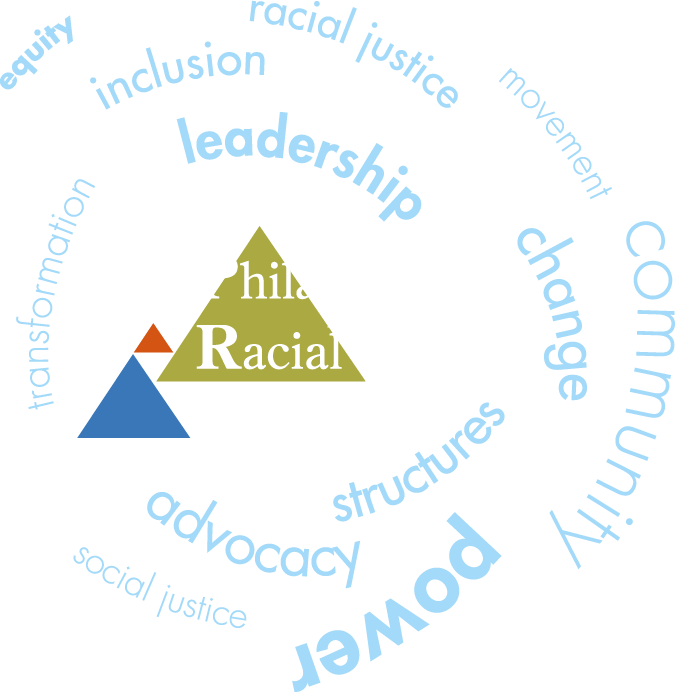Critical Issues Forum Vol. 2: Whose Capacity Needs Building?

Critical Issues Forum Vol. 2: Whose Capacity Needs Building?

When several California foundations structured a response to the California legislature on the question of enhanced reporting regarding large foundations’ support of nonprofits serving communities of colors, the agreement downplayed the issue of mandatory public reporting in favor of strategies to better support nonprofits serving communities of color. In addition to commitments to help build a diverse pipeline of leaders for the nonprofit and philanthropic sectors and supporting ongoing research, a core component of the foundations’ plan was to build the capacities of nonprofits that serve communities of color or are led by people of color.
The foundations appear to assume that it is the nonprofits, not philanthropic grantmakers themselves that need capacity building. It also wouldn’t surprise me if the foundations assume a one-size-fits-all-capacity-building approach for all nonprofits that serve minority and low-income communities, including those that are led by people of color. They’re wrong; capacity-building for racial and ethnic equity is complicated. Nonprofits that serve minority and low-income communities do not operate in isolation. Effective capacity building of these nonprofits requires developing and redirecting the orientations and skills of a group of outside professionals who directly affect their success, including program evaluators, capacity-builders, and especially the funders themselves.
 A backroom deal in mid-2008 on assistance to minority-serving nonprofits in California followed by an end-of-the-year release of a plan of foundation assistance ostensibly to promote more grant support for racially diverse communities has closed a Pandora’s box that foundations had no desire to leave open. After vociferously opposing for almost two years proposed state legislation to increase aid to groups that serve communities of color, foundations headed off any possibility of governmental intervention in their grantmaking with a half-year process to explore what they might do to respond.
A backroom deal in mid-2008 on assistance to minority-serving nonprofits in California followed by an end-of-the-year release of a plan of foundation assistance ostensibly to promote more grant support for racially diverse communities has closed a Pandora’s box that foundations had no desire to leave open. After vociferously opposing for almost two years proposed state legislation to increase aid to groups that serve communities of color, foundations headed off any possibility of governmental intervention in their grantmaking with a half-year process to explore what they might do to respond.
 Last summer, sponsors of California Assembly Bill 624 dropped legislation that had been introduced in 2007 and passed by the Assembly in January 2008. If it had been enacted, AB624 would have required funders to report on the race of their grant recipients’ leaders. Many large foundations lined up in opposition to the bill in various public forums, and then eventually “settled” with bill cosponsors. The bill was not as thoughtful as it should have been. There was not sufficient dialogue with a wide range of stakeholders in either its inception or preceding the deal that was made.
Last summer, sponsors of California Assembly Bill 624 dropped legislation that had been introduced in 2007 and passed by the Assembly in January 2008. If it had been enacted, AB624 would have required funders to report on the race of their grant recipients’ leaders. Many large foundations lined up in opposition to the bill in various public forums, and then eventually “settled” with bill cosponsors. The bill was not as thoughtful as it should have been. There was not sufficient dialogue with a wide range of stakeholders in either its inception or preceding the deal that was made.
Foundations need to have a much more self-critical internal and more robust public dialogue about why and how they must support people of color-led organizations.

